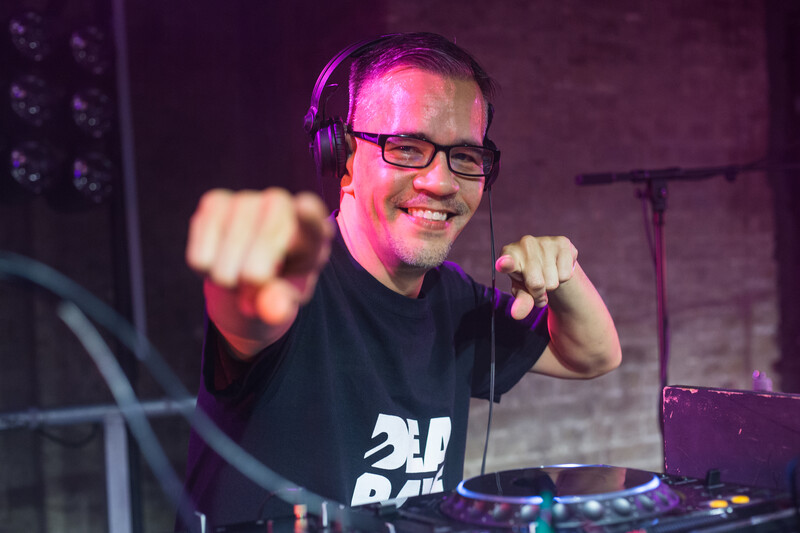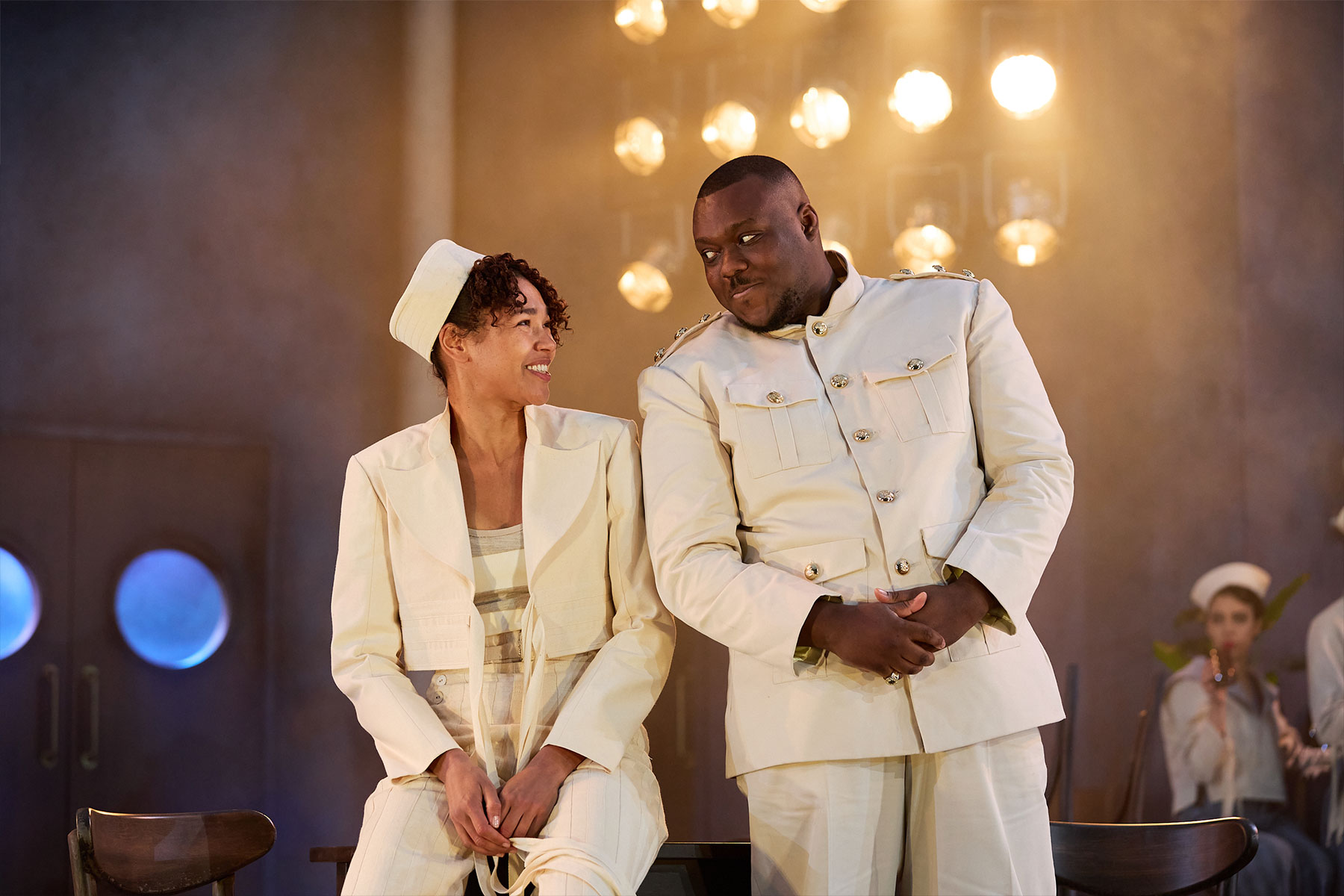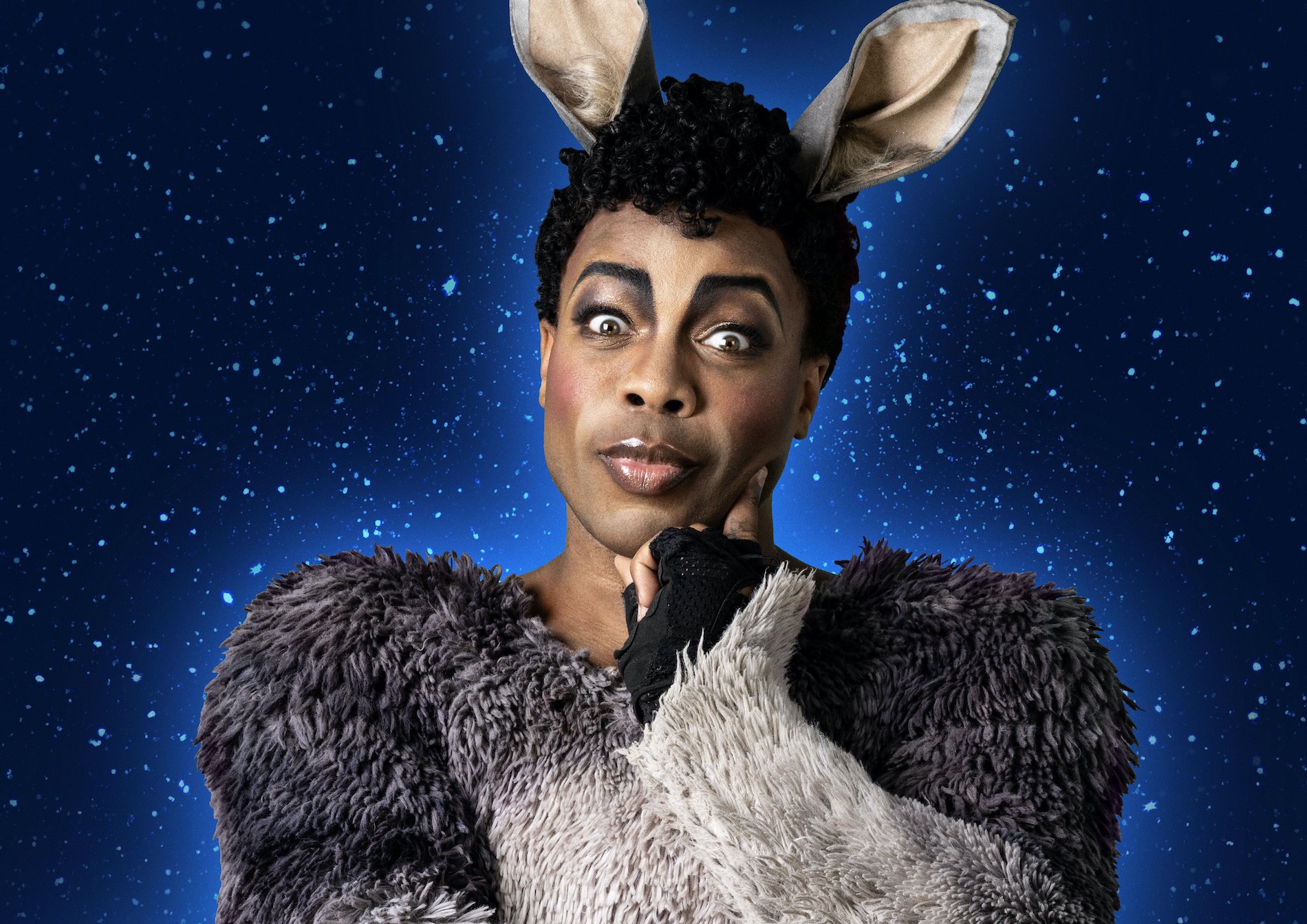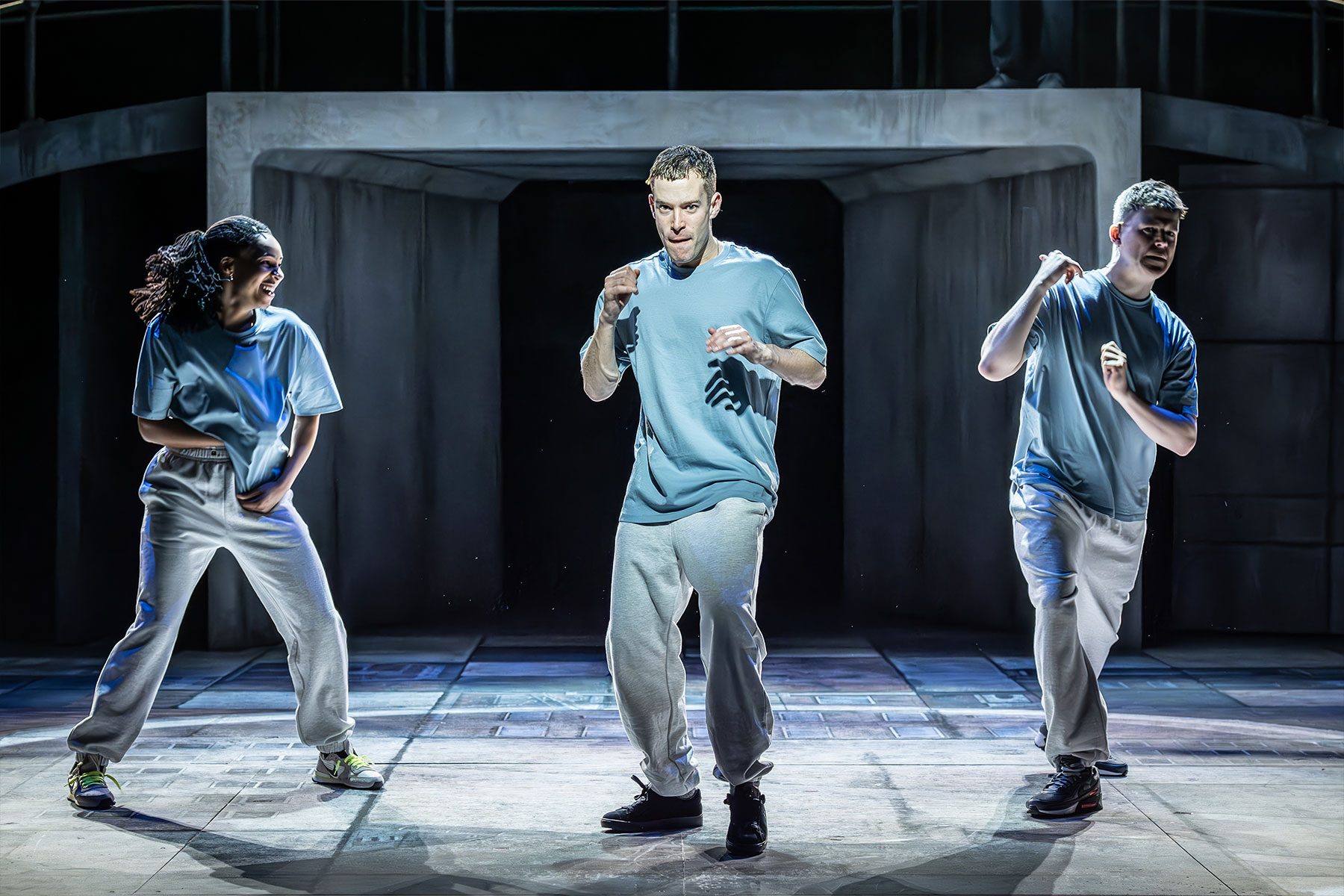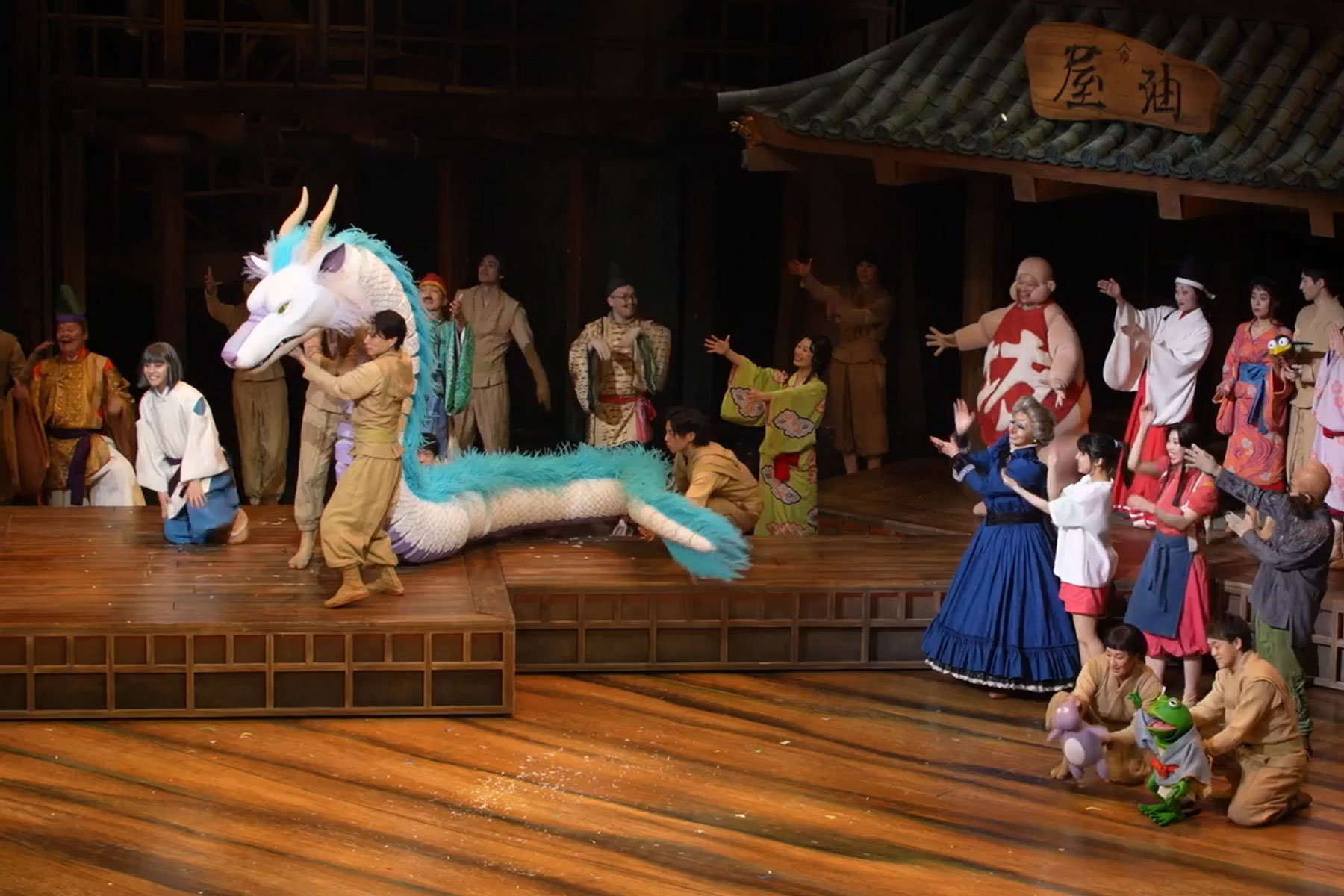The Massacre at Paris (Canterbury Cathedral)
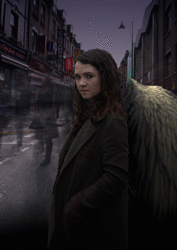
The Massacre at Paris is part of a celebration of the 450th anniversary of playwright Christopher Marlowe‘s birth. It is the second of three productions being performed by the young theatre company Fourth Monkey. While the other two plays in this season (Doctor Faustus and The Jew of Malta) use the more familiar setting of the Marlowe Theatre’s Studio, The Massacre at Paris has special access to Canterbury Cathedral’s crypt, and is all the more impressive for it.
Christopher Marlowe attended The King’s School in Canterbury, and would have taken some of his lessons in the cathedral, and so seeing his work presented in this grand building, approaching its 1000th year, adds something to the performance.
Deep within the cathedral, in the echoey, atmospheric crypt, the simple set is lined by rows of chairs on two sides. Lighting appears to be provided solely by candle, and selected cast members wander around as the audience take their seats.
Its contemporaneous nature makes The Massacre at Paris a fascinating study. It depicts the St Bartholomew’s Day massacre of Huguenots by Catholics in France in 1572 and, for audiences in 1593, performed the function of news report just as much as it was intended to entertain.
Indeed, there are reports that 16th century audiences were moved to advocate for the murder of Catholics, something Marlowe seemed to predict, as the play warns Elizabeth I of that very danger. The bloody storyline generates a great deal of brutality and screaming, which is both at odds with the peaceful, religious setting, as well as being complemented by it.
Performances are generally good, with outliers at either extreme. It’s important to remember that these are actors just launching into their professional careers, so perfection isn’t to be expected. There are a handful of stand-outs, particularly Reuben Beau Davies’ louche, charismatic Duke of Guise and Katie Cherry as his wife, who expertly handles the swift moves between infatuation, outrage, and despair.
Alice Trow’s wonderfully calculating Catherine De Medici also deserves attention. If she had a moustache, she’d have twirled it.
The production also makes some interesting decisions when it comes to sound. Percussion instruments being used out of sight seems baffling at first, particularly the use of a ratchet/football rattle clicking and crackling whenever we encounter violence. It begins sporadically, punctuating kicks, punches and stabs of the dagger, and seems remarkably out of place.
By the end of the play, however, as the murders reach a crescendo and the cold, hard, ancient, crypt floor is littered the bodies, the rattle has become a character in its own right, used to cleverly raise the tension and highlight the chaos and mayhem of the massacre.
While the set and props are kept to a minimum, there are some fine costumes in the production, especially the dresses worn by female members of the royal court.
Nearly all cast members also wear large crosses, which double up as daggers in a visual metaphor for the violence caused by religion. Sometimes devices like this can be clumsy, but here, it works well.
With no interval, and in a cold environment on hard wooden chairs, the production feels (mentally and physically) slightly too long, and certainly some unnecessary group scenes should be excised for future performances.
That said, The Massacre at Paris is so rarely performed, it’s always a treat to see it, and with such an inspired choice of location, it’s a piece of work everyone at Fourth Monkey should be proud of.
Leaving the cathedral, with the screams of the religious murdered by the religious still ringing in your ears, one is struck by just how little has changed over the past 400 years.



